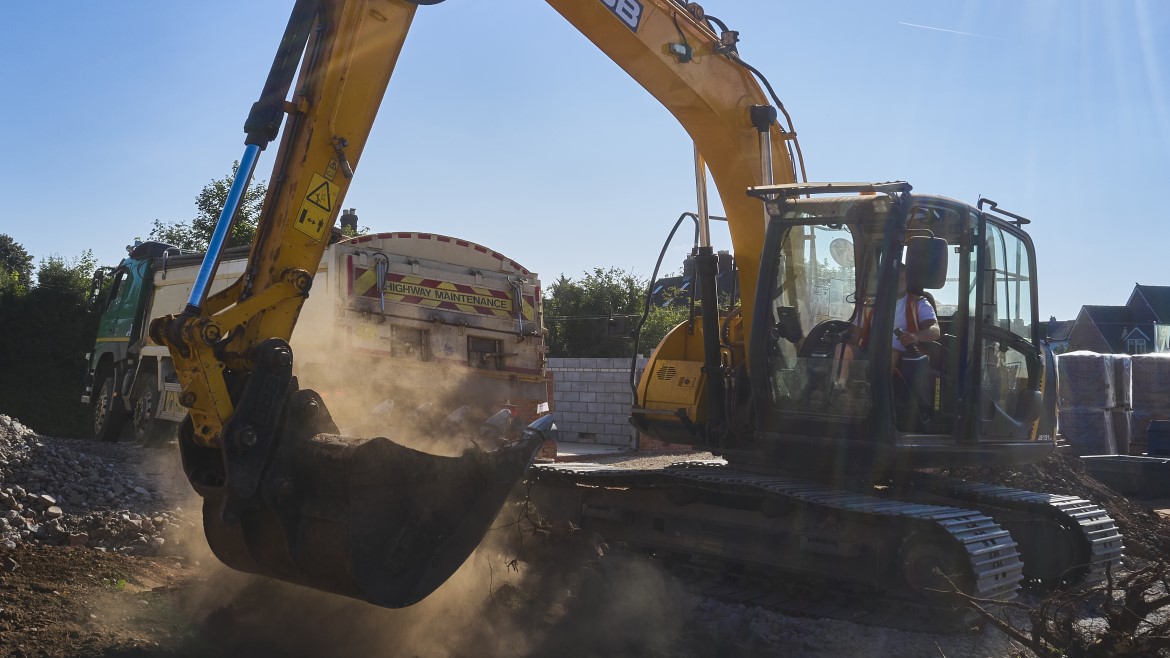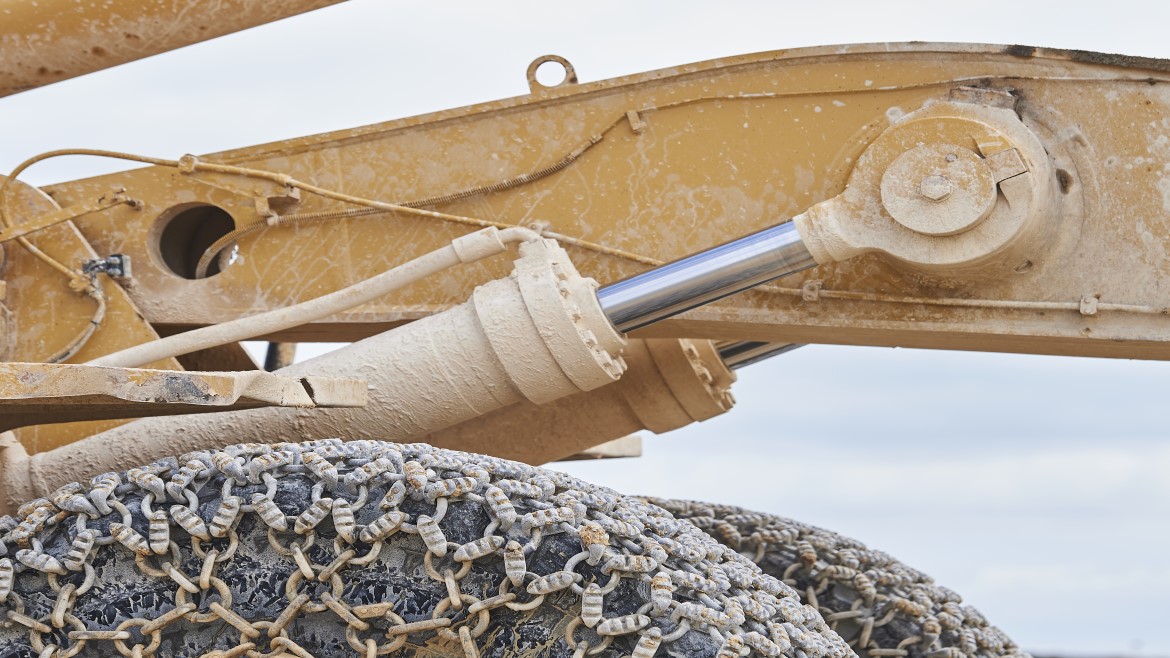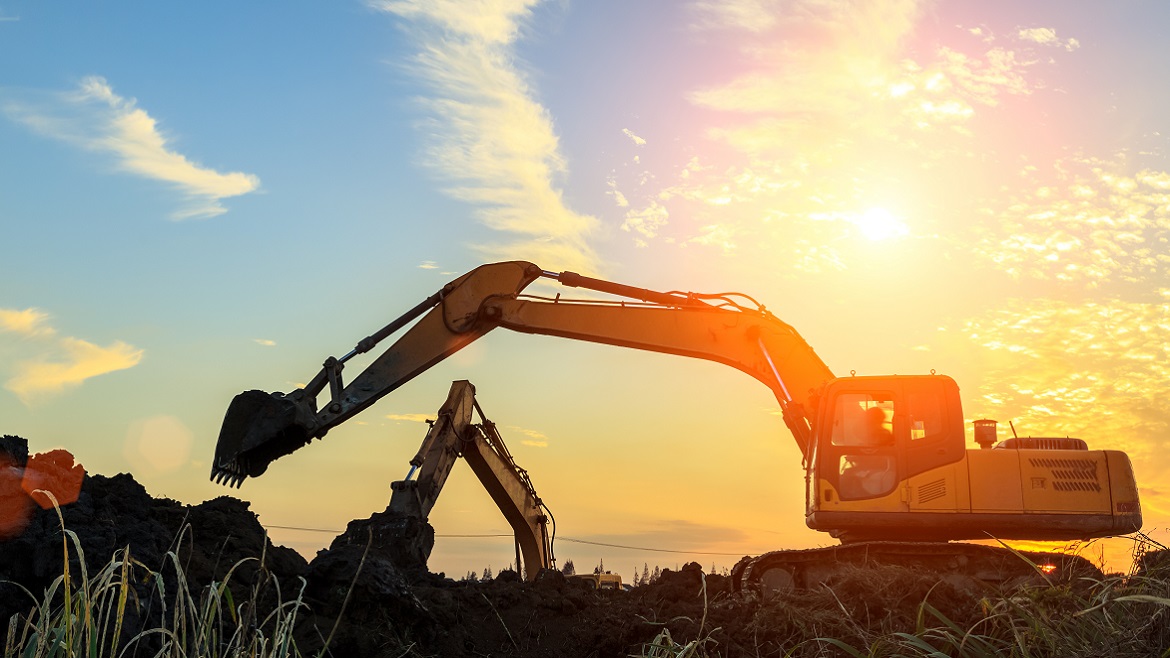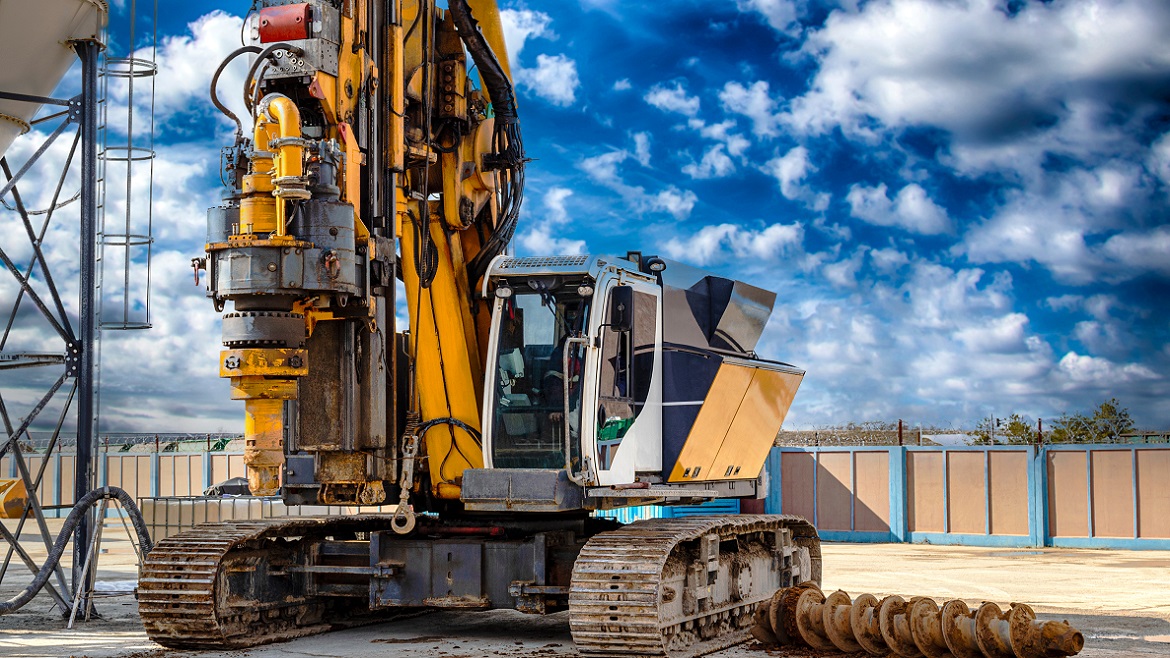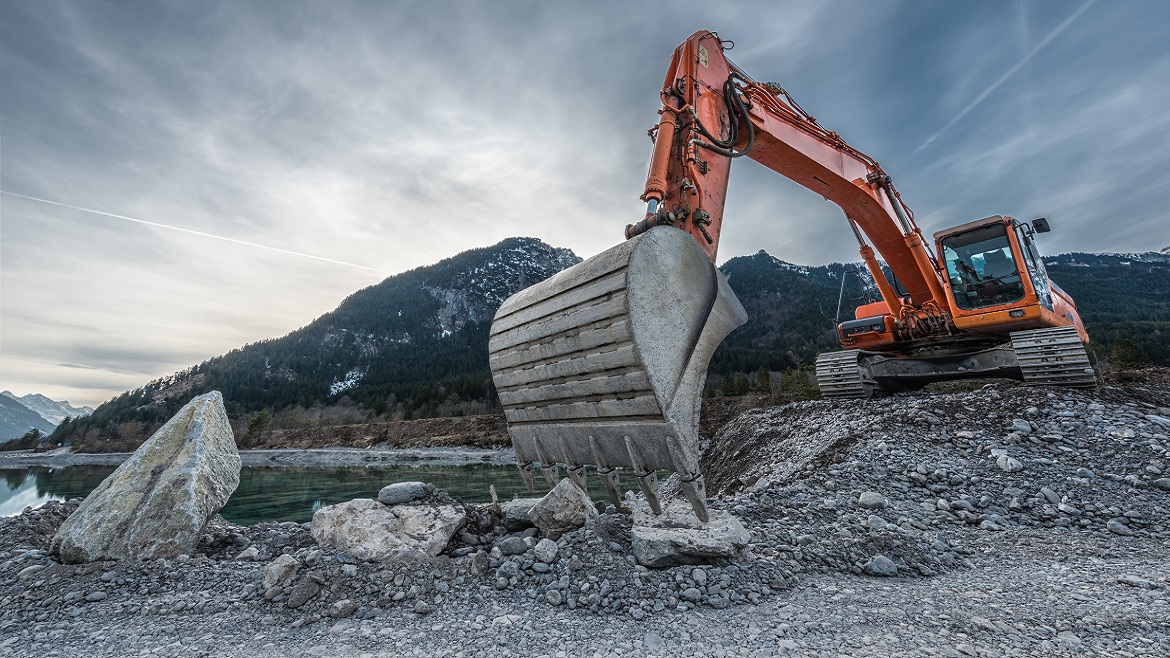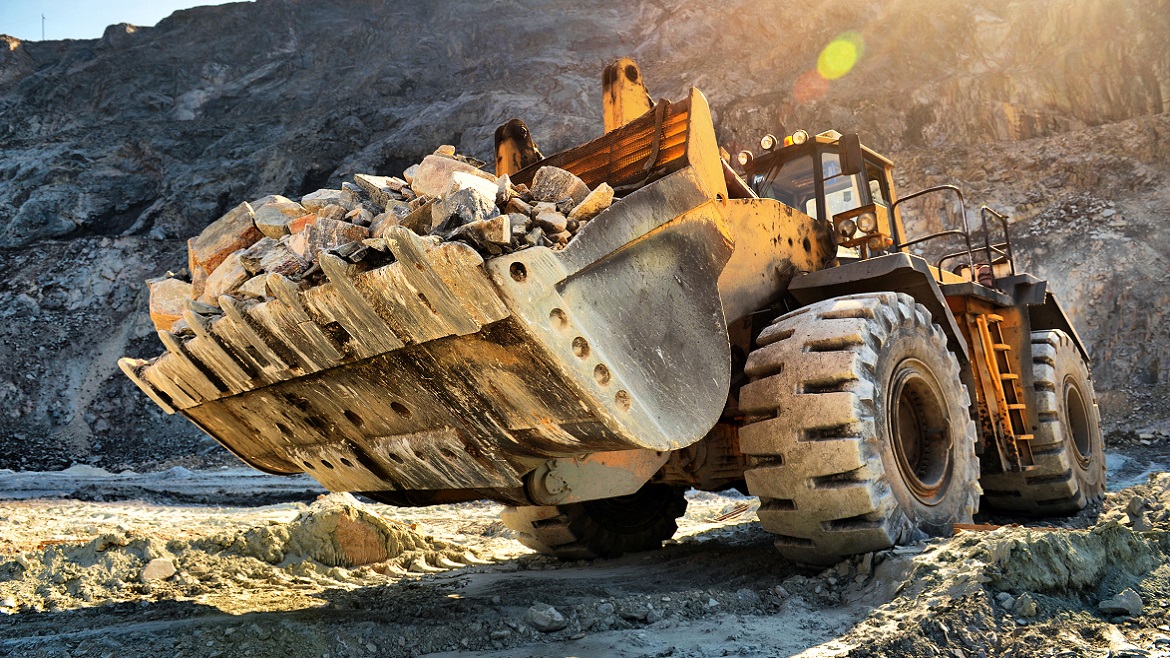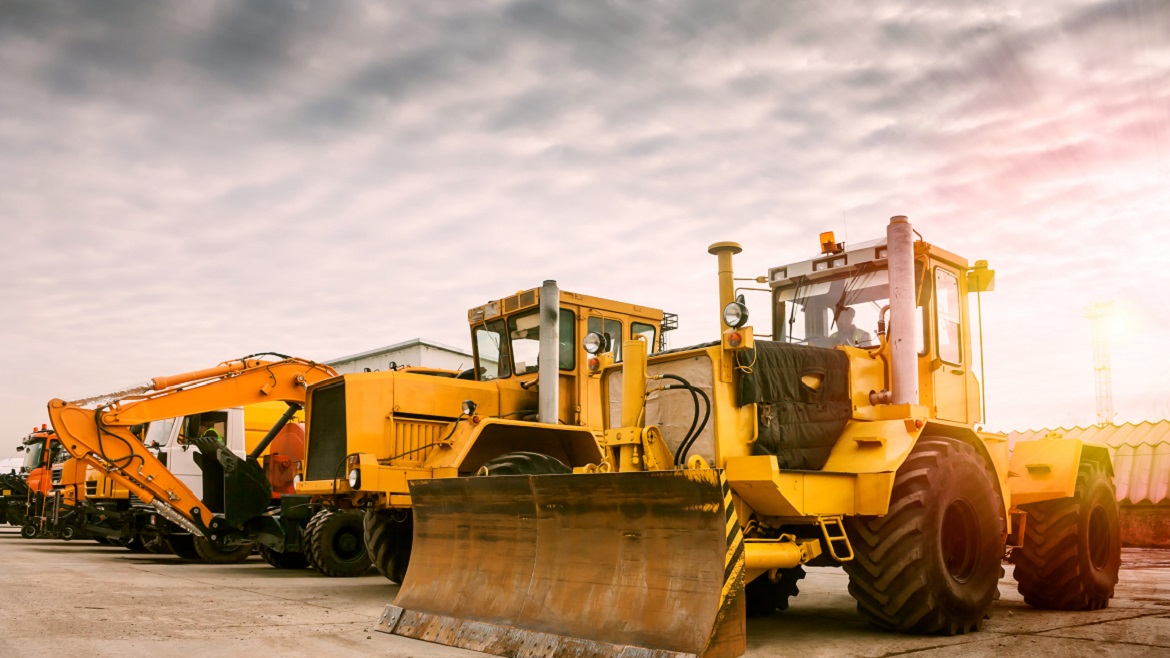Modern hydraulic fluids must demonstrate a broad range of performance characteristics to help operators get the most from their hydraulic equipment. Especially as hydraulic equipment continues to evolve and operational conditions become more challenging, formulators must incorporate the right chemistries to deliver the reliability their customers count on.
To those ends, hydrolytic stability—the ability of an industrial hydraulic fluid to resist interference from water—is a critical characteristic that deserves specific attention. Let’s find out why:
What is Hydrolytic Stability?
Hydrolytic stability is a hydraulic fluid’s capacity to withstand and resist chemical decomposition when exposed to water. Because water is one of the most common contaminants that a hydraulic fluid will regularly come into contact with, hydrolytic stability is an important characteristic.
When hydraulic fluids come into contact with water, the water can interact with the fluid’s additive system, resulting in the formation of acids. This can lead to a number of issues that may eventually lead to hydraulic failure. These include:
- Greater likelihood of sludge formation, which can block filters, valves, and sensors, inhibiting the flow of hydraulic fluid.
- Accelerated rust and corrosion formation, potentially leading to system leaks or other failure modes.
These conditions can all lead to a range of undesirable outcomes, including reduced hydraulic pressure, inefficient operation, and loss of machine accuracy and precision.
Testing for Hydrolytic Stability
The industry standard test for hydrolytic stability is the ASTM D2619-21—also known as the “beverage bottle method”—which is designed to differentiate the relative stability of hydraulic fluids in the presence of water.
There is no industry-wide standardization for hydrolytic stability performance, however. For example, some industry specifications may not require the ASTM D2619 test at all. Fluids that have not been tested for hydrolytic stability may be more susceptible to the issues described earlier.
But many leading OEMs recognize that hydrolytic stability is a critical aspect of hydraulic fluid performance and request the ASTM D2619 test within their specifications. Some even stipulate more stringent requirements, highlighting the critical importance of hydrolytic stability in modern hydraulic fluid formulations.
Maintaining hydrolytic stability performance requires advanced additive chemistry in modern hydraulic fluid formulations, properly balanced to achieve the increasingly specific performance characteristics that end users rely on. Properly formulated hydraulic fluids are designed to be resistant to interactions with water, helping to extend the life of the equipment. For lubricant manufacturers, working with the right formulation partner to help you develop optimal fluid solutions can help you deliver better value for your customers.
What Hydrolytic Stability Means for End Users and Equipment Operators
Hydrolytic stability is one of many necessary characteristics that can help contribute to high-performance hydraulic fluids that demonstrate a range of desirable end-use benefits.
For example, high-performance fluids can help extend the drain interval, minimizing the need for time-consuming fluid changeouts in critical applications. High-performance fluids can also help minimize the need for filter changes or valve changeouts by minimizing buildup or deposits, eliminating the frequency of time-consuming maintenance tasks that take the machine out of service. For OEMs, an upgraded hydraulic fluid can help the machine perform more reliably over the course of an extended lifetime. For end users, a higher-performance lubricant can help lower the total cost of ownership by reducing maintenance needs and lowering the amount of downtime experienced.
Our View
The continued evolution of hydraulic equipment, combined with the need to maintain essential performance requirements like hydrolytic stability, means that formulators must be proactive in developing hydraulic fluid solutions that meet today’s and tomorrow’s needs.
Interested in learning more? Contact your Lubrizol representative to learn more about how to enhance the performance of your hydraulic fluids.



